One of the most common problems homeowners face with their kitchen sink is low water pressure. This can be frustrating when trying to wash dishes or fill up pots with water. Low water pressure in the kitchen sink can be caused by a variety of factors, including clogged pipes, a faulty faucet, or a problem with the water supply. If you are experiencing low water pressure in your kitchen sink, here are some possible solutions to the problem.Low Water Pressure in Kitchen Sink
If you are having issues with the pressure in your kitchen sink, it's important to address them as soon as possible. Low pressure can make it difficult to do simple tasks, such as washing dishes or rinsing off fruits and vegetables. It can also be a sign of a larger plumbing issue that needs to be fixed. Ignoring pressure problems can lead to more significant and costly repairs down the line.Kitchen Sink Pressure Problems
Low pressure in the kitchen sink can be caused by a variety of factors. One common cause is a clog in the pipes. Over time, food particles, grease, and other debris can build up in the pipes and restrict the flow of water. This can lead to low pressure in the sink. Another cause could be a problem with the faucet itself. If the aerator is clogged or the cartridge is worn out, it can affect the water pressure. In some cases, the water supply to the house may also be the culprit. If there is a leak or a problem with the water main, it can result in low pressure in all the faucets in the house, including the kitchen sink.Kitchen Sink Pressure Low
If you are experiencing pressure issues in your kitchen sink, the first step is to check the aerator. This is the small screen at the end of the faucet where the water comes out. If it is clogged with debris, it can affect the pressure. Remove the aerator and clean it thoroughly with a brush and some vinegar. If this does not solve the problem, the next step is to check the cartridge. This is the part of the faucet that controls the water flow. If it is worn out, it can lead to low pressure. Replacing the cartridge should fix the issue.Kitchen Sink Pressure Issues
If cleaning the aerator and replacing the cartridge does not solve the low pressure problem, it's time to troubleshoot other possible causes. Check the shut-off valves under the sink to make sure they are fully open. If they are partially closed, it can restrict the water flow and result in low pressure. You should also check the water supply line to make sure it is not kinked or damaged in any way. If none of these solutions work, it's best to call a professional plumber to diagnose and fix the issue.Kitchen Sink Pressure Troubleshooting
Another common issue with kitchen sink pressure is loss of pressure. This usually happens gradually over time and can be caused by a variety of factors. One possible cause is a leak in the supply line. If there is a leak, it can affect the pressure in the sink. Another cause could be a clog in the pipes. As mentioned earlier, debris buildup can restrict the flow of water and lead to loss of pressure. In some cases, the problem may be with the water main, and you may need to contact your water provider to address the issue.Kitchen Sink Pressure Loss
A sudden drop in pressure in the kitchen sink can be alarming. If this happens, the first thing to check is the shut-off valves under the sink. Make sure they are fully open and that there are no visible leaks. If the valves are fine, the problem could be with the faucet itself. Check the aerator and cartridge for any clogs or damage. In some cases, the problem may be with the pressure regulator. This is a device that controls the water pressure in your home. If it is faulty, it can result in sudden drops in pressure.Kitchen Sink Pressure Drop
Fluctuating pressure in the kitchen sink can be caused by a variety of factors. One possible cause is a problem with the water main. If there is a leak or a problem with the main line, it can lead to fluctuating pressure in all the faucets in the house. Another possible cause could be a faulty pressure regulator. If it is not working correctly, it can cause the pressure in the sink to fluctuate. If you are experiencing pressure fluctuations, it's best to contact a professional plumber to diagnose and fix the issue.Kitchen Sink Pressure Fluctuation
The pressure regulator is an essential component of your home's plumbing system. It is responsible for controlling the water pressure and ensuring it stays at a safe and consistent level. If you are experiencing pressure problems in your kitchen sink, the pressure regulator could be the culprit. Over time, it can become clogged or worn out, leading to issues with the water pressure. It's best to have a professional plumber check and replace the pressure regulator if necessary.Kitchen Sink Pressure Regulator
The pressure relief valve is another critical component of your home's plumbing system. It is designed to release excess pressure in the pipes to prevent them from bursting. If the pressure relief valve is not working correctly, it can lead to high pressure in the pipes, which can cause leaks and other issues. If you suspect a problem with the pressure relief valve, it's best to have a professional plumber inspect and replace it if necessary.Kitchen Sink Pressure Relief Valve
Kitchen Sink Problems: Understanding Pressure Issues and How to Fix Them
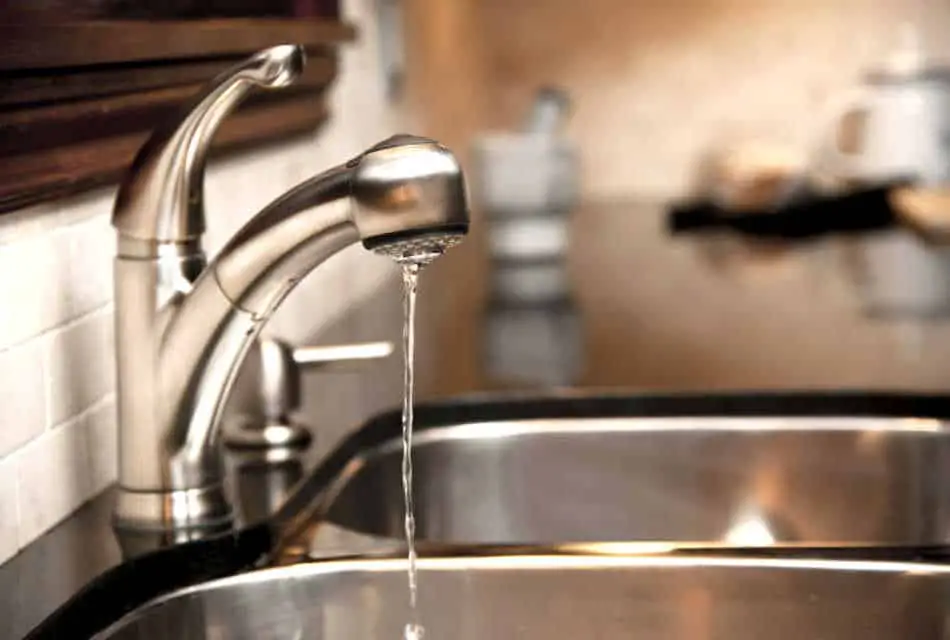
The Importance of Proper Water Pressure in Your Kitchen
 Having good water pressure in your kitchen is essential for everyday tasks such as washing dishes, cooking, and cleaning. However, when issues arise with your kitchen sink's water pressure, it can cause frustration and inconvenience. Understanding the common causes of low or high water pressure in your kitchen sink and how to fix them can save you time and money in the long run.
Having good water pressure in your kitchen is essential for everyday tasks such as washing dishes, cooking, and cleaning. However, when issues arise with your kitchen sink's water pressure, it can cause frustration and inconvenience. Understanding the common causes of low or high water pressure in your kitchen sink and how to fix them can save you time and money in the long run.
Causes of Low Water Pressure in Your Kitchen Sink
 1. Clogged Pipes:
One of the most common causes of low water pressure in your kitchen sink is clogged pipes. Over time, debris, minerals, and other substances can build up in your pipes, restricting the flow of water.
2. Faulty Faucet:
Another culprit behind low water pressure could be a faulty faucet. If the aerator or cartridge in your faucet is worn out or damaged, it can restrict the flow of water.
3. Water Leaks:
Leaks in your pipes can also cause low water pressure in your kitchen sink. Even a small leak can lead to a significant decrease in water pressure.
1. Clogged Pipes:
One of the most common causes of low water pressure in your kitchen sink is clogged pipes. Over time, debris, minerals, and other substances can build up in your pipes, restricting the flow of water.
2. Faulty Faucet:
Another culprit behind low water pressure could be a faulty faucet. If the aerator or cartridge in your faucet is worn out or damaged, it can restrict the flow of water.
3. Water Leaks:
Leaks in your pipes can also cause low water pressure in your kitchen sink. Even a small leak can lead to a significant decrease in water pressure.
Causes of High Water Pressure in Your Kitchen Sink
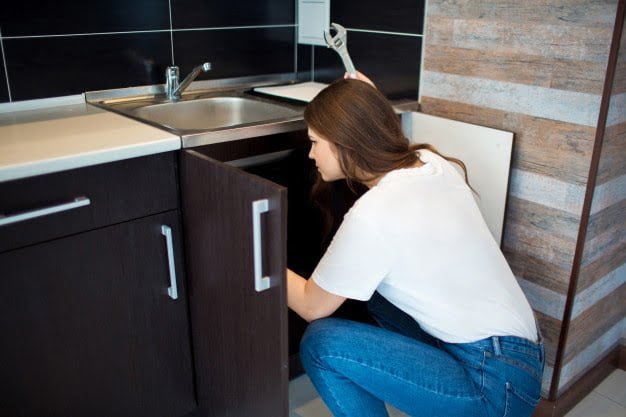 1. Faulty Pressure Regulator:
A pressure regulator is a valve that controls the flow and pressure of water into your home. If this valve is not working correctly, it can cause high water pressure in your kitchen sink.
2. Closed Valves:
If the valves that supply water to your kitchen sink are not fully open, it can result in high water pressure.
3. Water Heater Issues:
If your water heater is set too high, it can cause high water pressure in your kitchen sink. It is recommended to keep your water heater at a temperature of 120 degrees Fahrenheit.
1. Faulty Pressure Regulator:
A pressure regulator is a valve that controls the flow and pressure of water into your home. If this valve is not working correctly, it can cause high water pressure in your kitchen sink.
2. Closed Valves:
If the valves that supply water to your kitchen sink are not fully open, it can result in high water pressure.
3. Water Heater Issues:
If your water heater is set too high, it can cause high water pressure in your kitchen sink. It is recommended to keep your water heater at a temperature of 120 degrees Fahrenheit.
How to Fix Kitchen Sink Water Pressure Issues
 1. Clean or Replace Aerators and Cartridges:
If your faucet is the problem, cleaning or replacing the aerator or cartridge can help restore proper water pressure.
2. Clear Clogged Pipes:
If clogged pipes are causing low water pressure, you can try using a drain cleaner or call a professional plumber to clear the blockage.
3. Check for Leaks:
If you suspect a leak, it is essential to fix it as soon as possible to prevent further damage and restore water pressure.
4. Adjust Pressure Regulator:
If your pressure regulator is faulty, you may need to adjust or replace it to regulate the flow of water.
5. Open Valves:
If your valves are not fully open, make sure to open them to allow proper water flow.
1. Clean or Replace Aerators and Cartridges:
If your faucet is the problem, cleaning or replacing the aerator or cartridge can help restore proper water pressure.
2. Clear Clogged Pipes:
If clogged pipes are causing low water pressure, you can try using a drain cleaner or call a professional plumber to clear the blockage.
3. Check for Leaks:
If you suspect a leak, it is essential to fix it as soon as possible to prevent further damage and restore water pressure.
4. Adjust Pressure Regulator:
If your pressure regulator is faulty, you may need to adjust or replace it to regulate the flow of water.
5. Open Valves:
If your valves are not fully open, make sure to open them to allow proper water flow.
Conclusion
 Having the right water pressure in your kitchen sink is crucial for everyday tasks. By understanding the common causes of low or high water pressure and knowing how to fix them, you can ensure that your kitchen sink operates smoothly. If you are unsure of the cause of your water pressure issues, it is always best to seek the help of a professional plumber. Don't let kitchen sink problems pressure you, take the necessary steps to fix them and enjoy your kitchen with proper water pressure.
Having the right water pressure in your kitchen sink is crucial for everyday tasks. By understanding the common causes of low or high water pressure and knowing how to fix them, you can ensure that your kitchen sink operates smoothly. If you are unsure of the cause of your water pressure issues, it is always best to seek the help of a professional plumber. Don't let kitchen sink problems pressure you, take the necessary steps to fix them and enjoy your kitchen with proper water pressure.








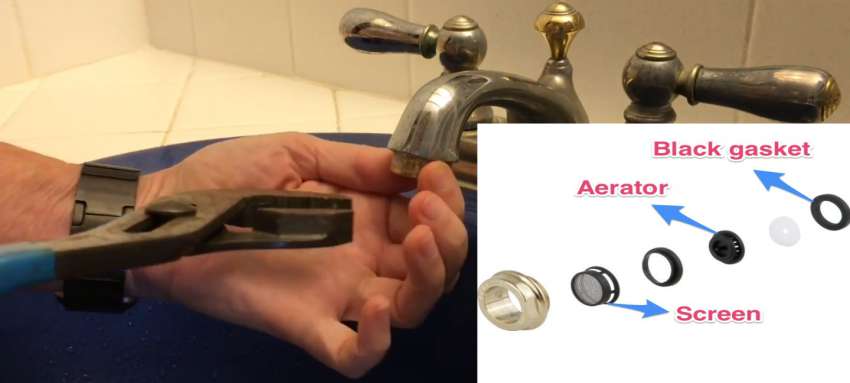









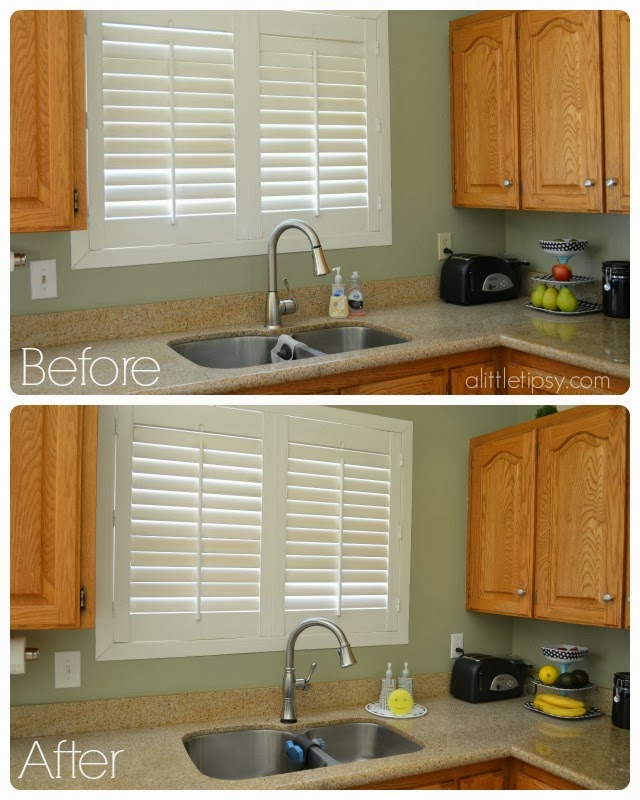















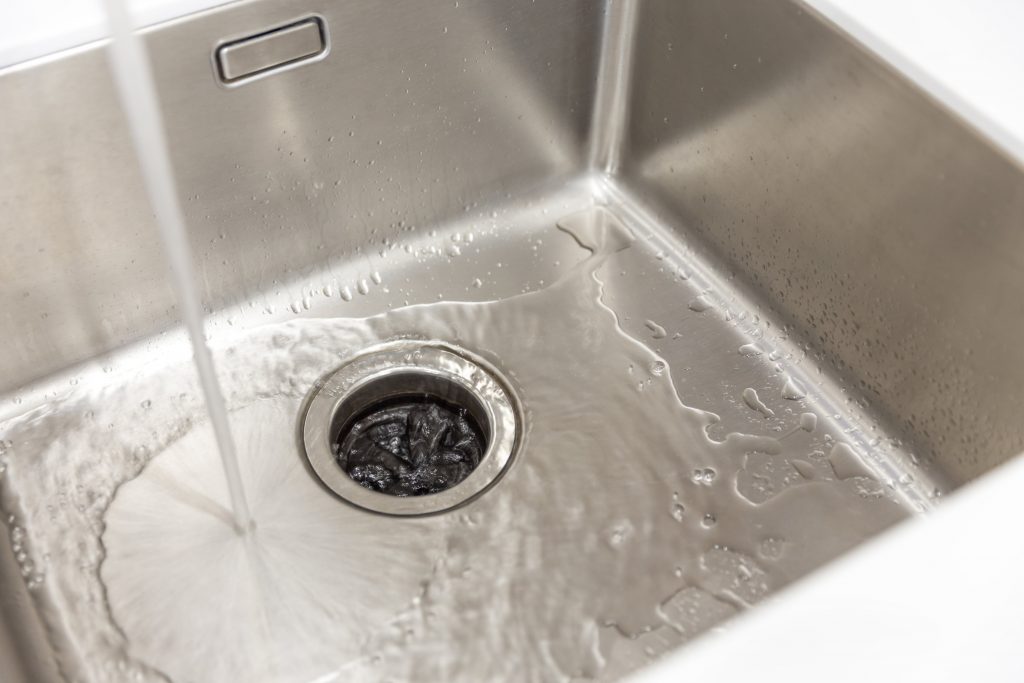



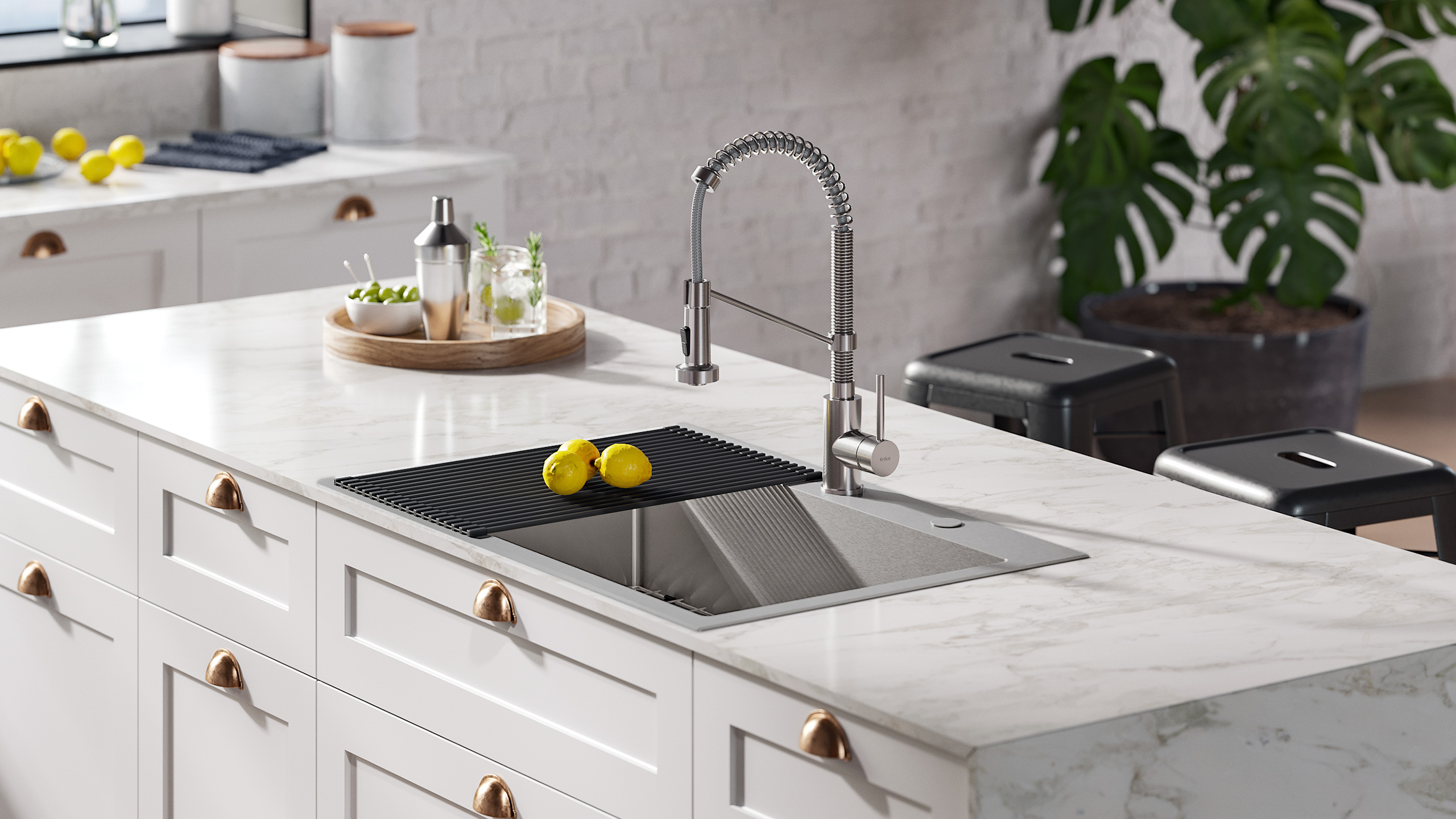

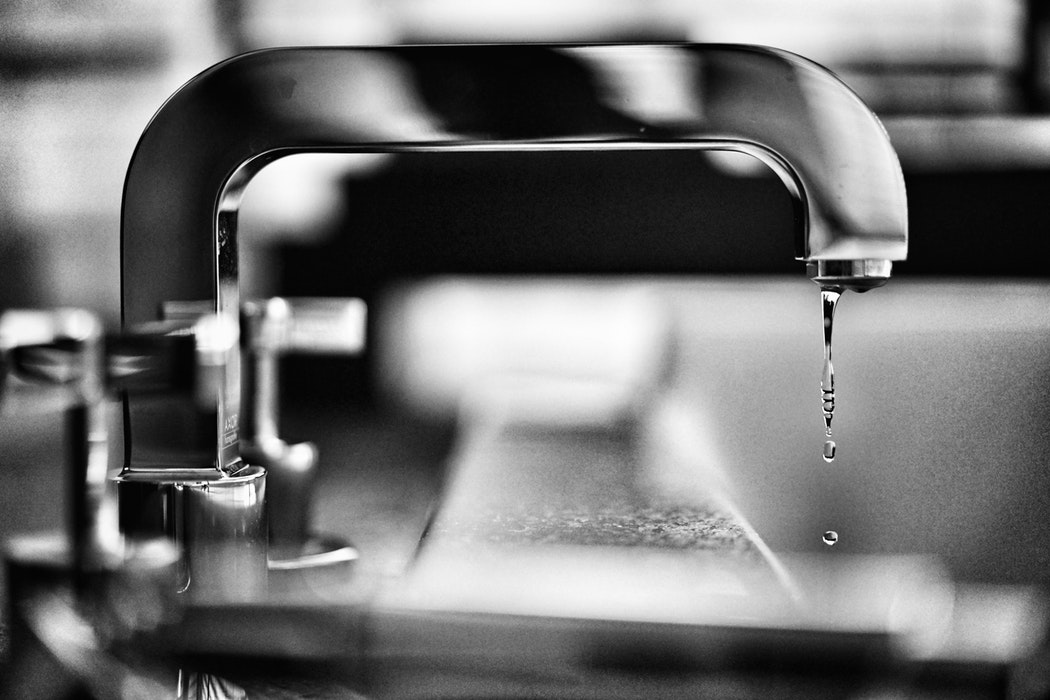






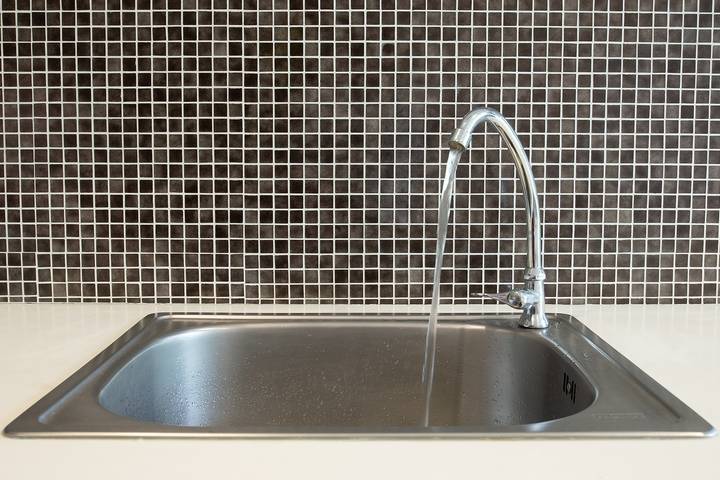

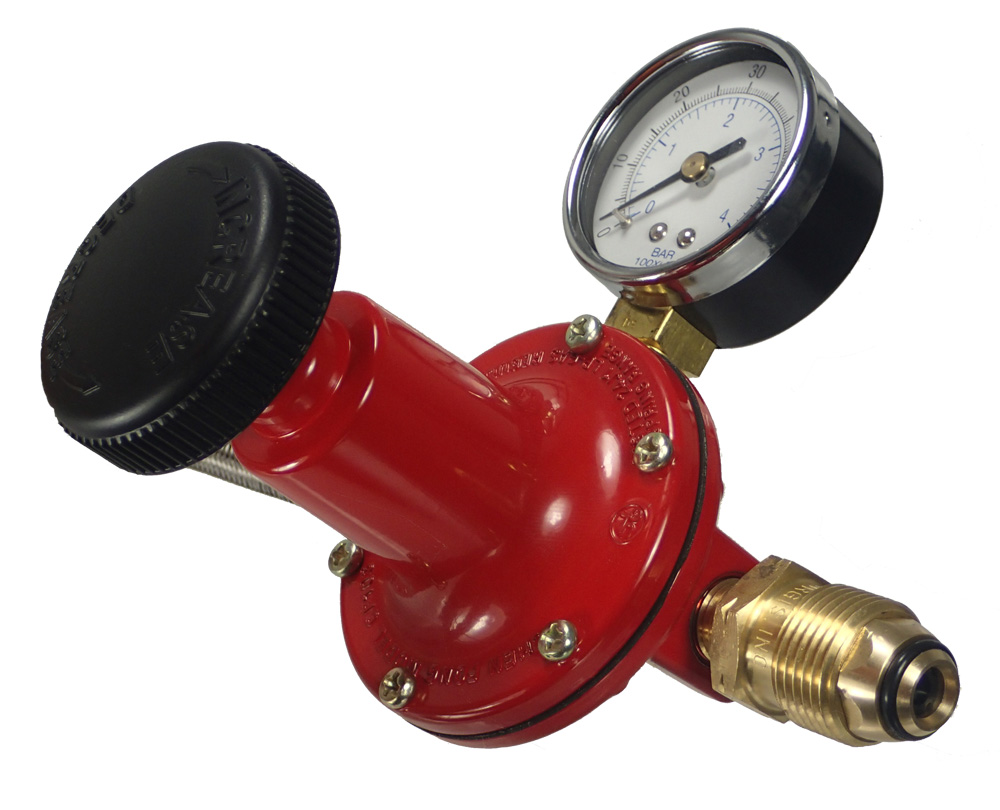

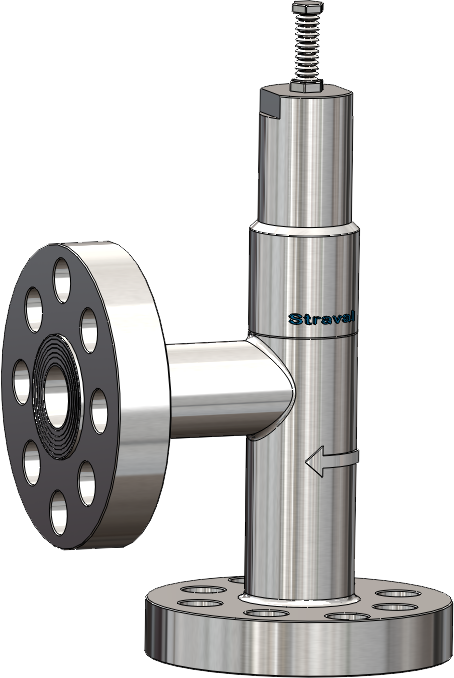
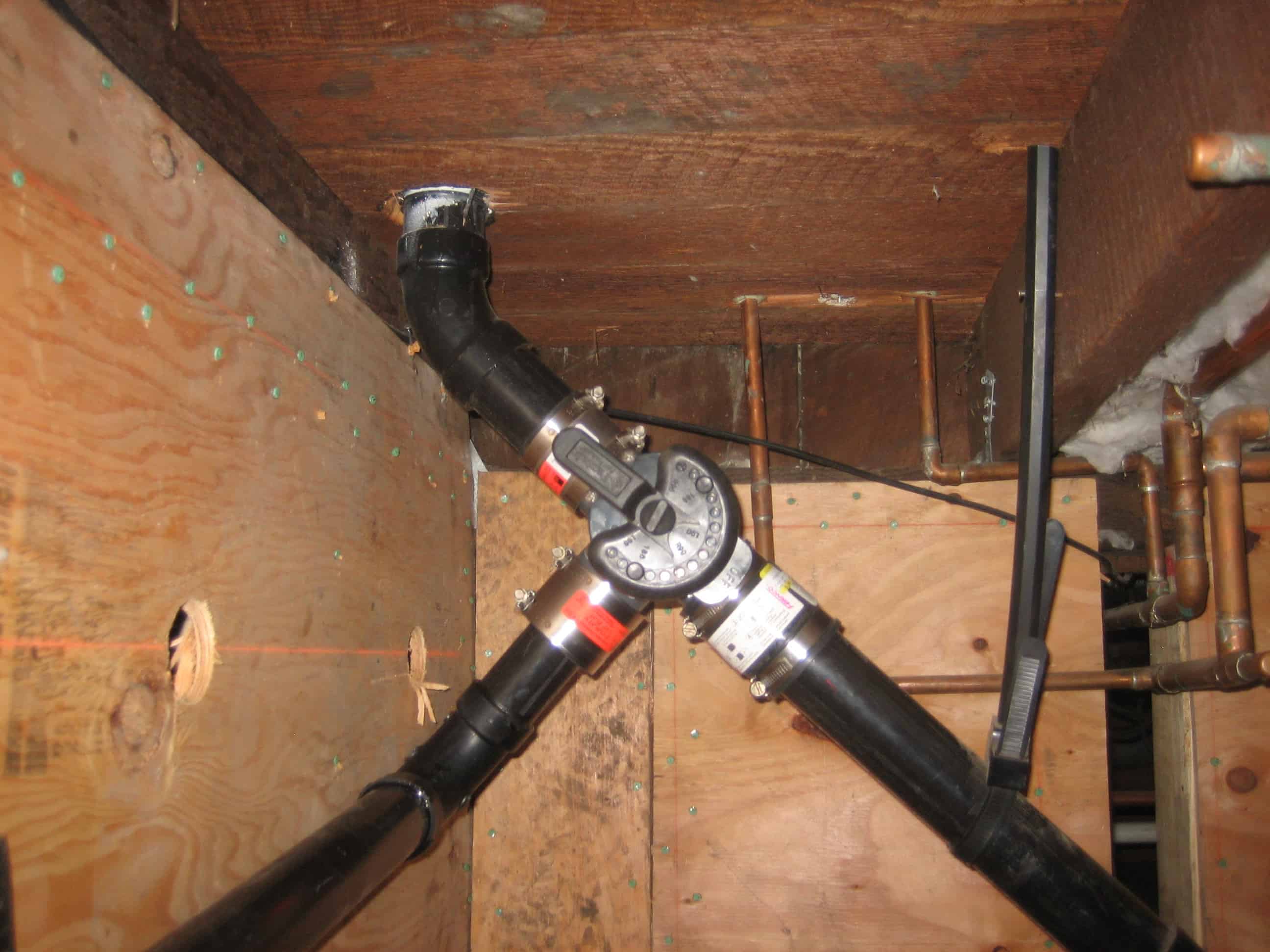
:max_bytes(150000):strip_icc()/sink-pipe-under-wash-basin-119001607-6f28aec4c66944efb7a9a38cb622ab8b.jpg)
